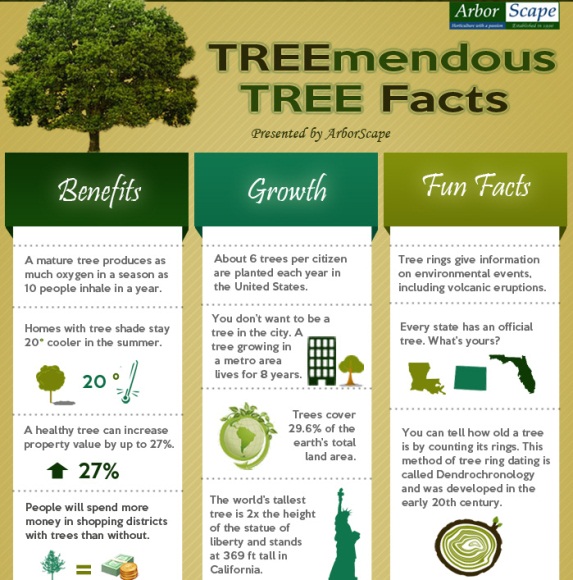Capitalize On Tree Pruning Practices To Boost And Renew Your Landscape-- Uncover The Possibility Of These Approaches To Update Your Exterior Room!
Capitalize On Tree Pruning Practices To Boost And Renew Your Landscape-- Uncover The Possibility Of These Approaches To Update Your Exterior Room!
Blog Article
Uploaded By-
When it comes to producing a landscape that thrives, grasping the art of tree trimming is a must. Envision having https://juliustnibv.actoblog.com/31892238/tree-treatment-by-period-reliable-methods-for-taking-care-of-trees-prior-to-and-after-their-elimination to form your trees with precision, ensuring their vigor and elegance for years to come. By discovering the vital methods for appropriate cuts, timing, and architectural training, you hold the secret to a flourishing outdoor space that will certainly thrill all who encounter it. Yet just how do these pruning techniques truly influence the wellness of your trees and the overall landscape aesthetic?
Correct Trimming Cuts for Tree Wellness
When it involves maintaining the health and wellness of your trees, making correct trimming cuts is vital. Incorrect cuts can result in disease, insect problem, and overall tree decline. To ensure the vitality of your trees, constantly begin by using sharp, tidy tools to make exact cuts.
Begin by identifying the branch collar, a swollen area where the branch affixes to the trunk. Reducing just outside the collar helps promote correct recovery and reduces the threat of infection. Avoid leaving stubs as they can invite parasites and illness into the tree.
Keep in https://www.bhg.com/gardening/flowers/perennials/peony-garden-tour/ to make cuts at a minor angle, sloping far from the trunk, to stop water from pooling on the wound. Furthermore, remove any type of dead, harmed, or crossing branches to enhance air blood circulation and sunlight infiltration.
Timing and Frequency of Pruning
To maintain the health and structure of your trees, understanding the optimum timing and regularity of pruning is crucial.
The most effective time to trim trees is normally during the inactive season in late winter season or very early spring. Trimming throughout this duration helps promote new development once the tree starts budding in the spring.
Nonetheless, some trees, like spring-flowering ones, are best pruned right after they complete flowering to stay clear of removing next year's flower buds.
Regular pruning is important, however the regularity relies on the tree species and its growth price. For most trees, an annual assessment to remove dead, unhealthy, or going across branches is advised. Youthful trees may require more frequent trimming to establish a strong framework, while mature trees may only require maintenance pruning every few years.
Prevent trimming during the loss when illness are a lot more conveniently spread out, and avoid heavy pruning throughout the summer season when the tree is proactively growing.
Educating Young Trees for Framework
For developing strong and healthy and balanced trees, training young trees for optimal structure is essential. By shaping a tree when it's young, you set the structure for a durable and aesthetically attractive mature tree.
Begin by determining the central leader, which is the main upward-growing branch. Encourage the main leader's growth by pruning away contending leaders, assisting the tree establish a strong central trunk. In addition, eliminate any branches that expand internal or downward, as they can trigger architectural issues as the tree grows.
It's important to room out lateral branches evenly around the trunk to advertise well balanced growth. As the tree develops, remain to monitor its development and trim as needed to keep its shape and framework.
Appropriately educated young trees are much less likely to develop weak crotches or jammed branches, reducing the threat of damages during tornados. Investing time in training young trees will repay with a perfectly structured and resilient tree in the future.
Conclusion
Now that you have mastered the important strategies of tree trimming, your landscape is on its means to thriving. By using sharp tools, making exact cuts, and appropriately timing your trimming sessions, you are making sure the wellness and durability of your trees. Keep in mind to frequently evaluate and maintain your trees to keep them prospering. With your newfound knowledge, your landscape will remain to expand wonderfully for many years ahead. Keep up the magnum opus!
